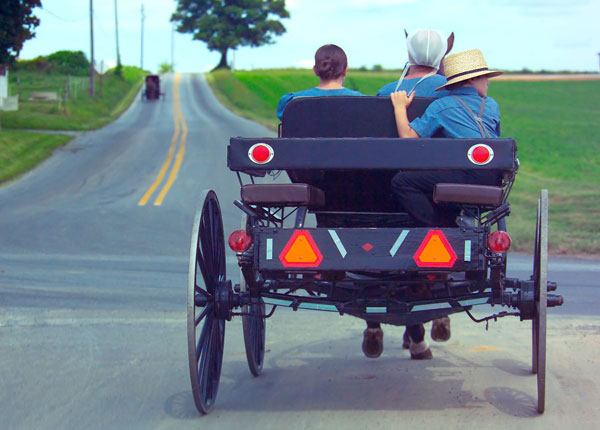
Driving On Rural Roads: Tactics, Dangers & Safety Tips
Updated Aug. 14, 2020Driving on rural roadways can be every bit as dangerous as driving on high-speed freeways or crowded city roads. The dangers themselves are fewer on rural roads, though the overall risk is greater. Limited visibility, lack of road signs, careless driving and changeable roadways conditions make rural traffic fatalities tragically common. This section of our drivers education program teaches you how to identify dangers and drive safely on rural roads.
Dangers on rural roads
Other than a few extra potholes or the occasional animal wandering into the roadway, what makes rural driving dangerous? This is a question all learner drivers must be able to answer: staying safe on rural roadways is only possible when you understand the risks.
When driving on rural highways you may have to contend with slow-moving vehicles, poorly paved roads, variable roadway width and a whole host of other dangers. Get to grips with rural driving risks and learn the facts about collisions and fatalities on our nation’s most remote roads, in our “Rural Driving Risks” module.
Approaches to rural driving
Motorists must take every possible precaution to maximize visibility and reduce stopping distance when driving on rural roads. Hills, sharply curving roads and patches of woodland can make it difficult to spot oncoming vehicles and other dangers. The most important thing you must remember is to keep within the legal speed limit and reduce your speed even more if your view of the roadway ahead is restricted. We discuss this issue - along with other approaches to improve visibility and increase hazard perception – in this final lesson of our rural driving section, "Approaches to Rural Driving". Now, let’s discuss the risks of rural driving in greater detail.




